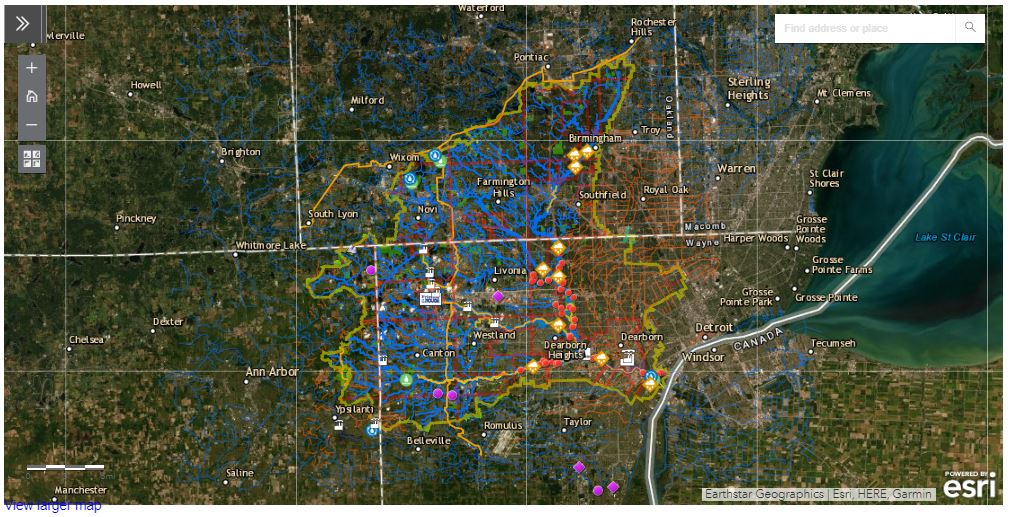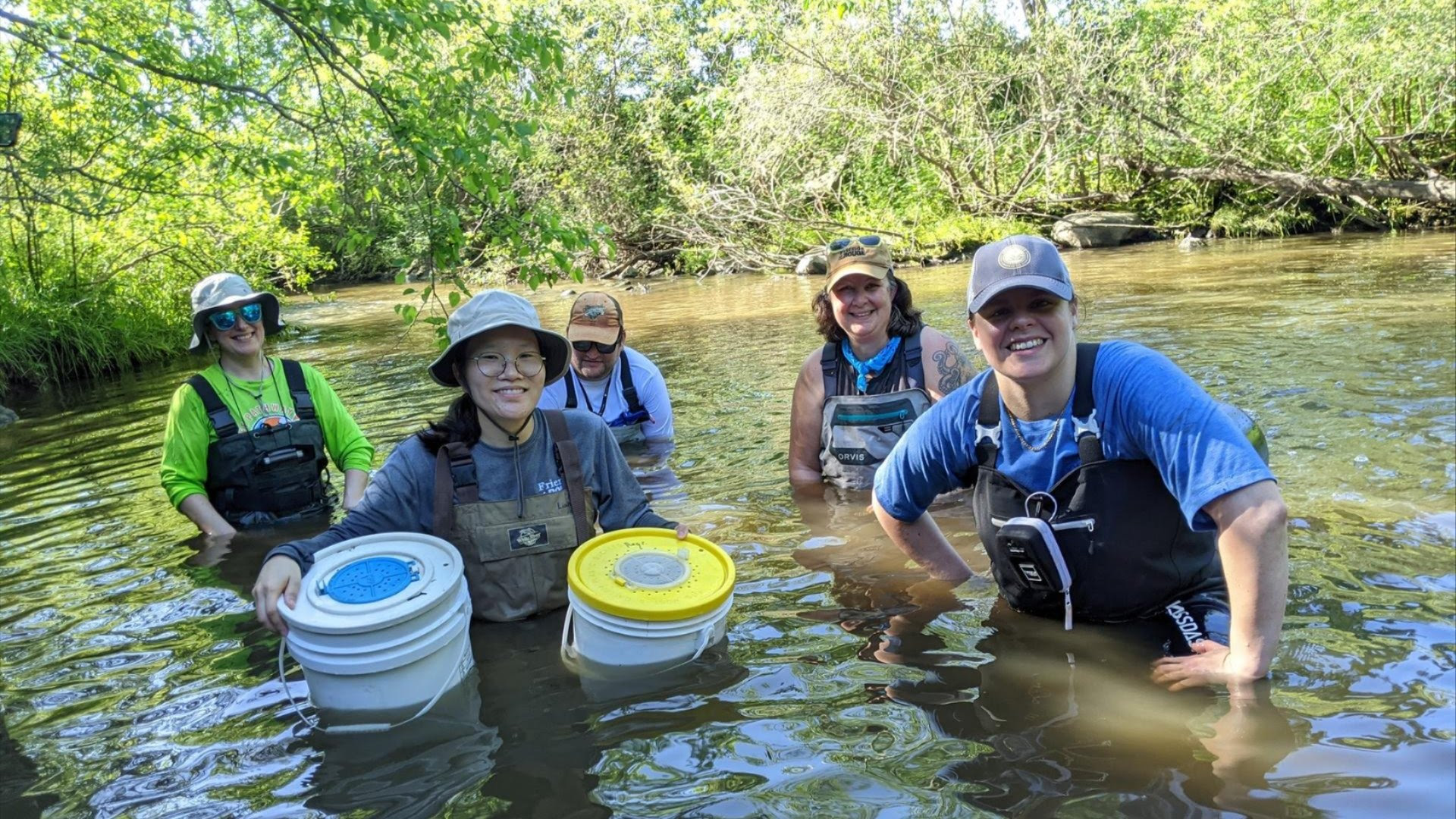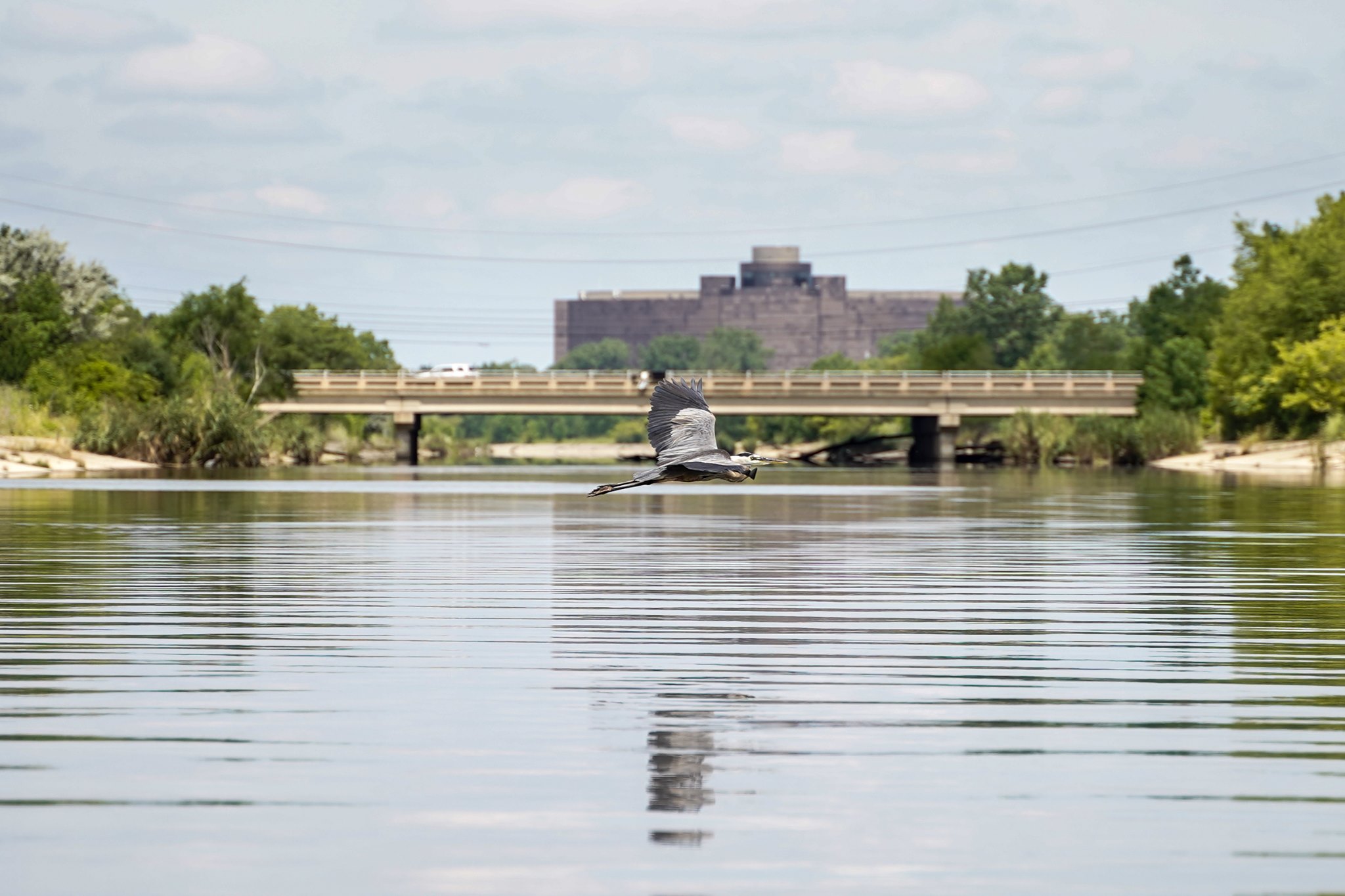Restoring, protecting, and enhancing the Rouge River watershed through stewardship, education, and collaboration.
Learn. Explore. Volunteer. Support.
Learn About the Rouge
FOTR envisions a future where a clean and vibrant Rouge River is the center of our community.
Explore Your Local River
If you are an experienced paddler, or if you have never paddled before, we’ve got a trip for you!
Get Involved or Volunteer
Volunteers (like you!) are the people who make it possible to restore and protect your Rouge River.
Become a Member
Show your commitment to restoring and protecting the Rouge River ecosystem by becoming a member and friend today.
Meet Your Local River: The Rouge
The Rouge River Watershed, in southeast Michigan, drains 467 square miles into the Detroit River. It has four major branches (Main, Upper, Middle, and Lower) with 127 river miles and numerous tributaries. In addition to the flowing water, there are more than 400 lakes, impoundments, and ponds. Within the watershed, there are over 1.35 million people in 47 municipalities.
Square miles drain into the Detroit River
Lakes, impoundments, and ponds within the watershed
River miles and numerous tributaries
Million people in 47 municipalities across the watershed
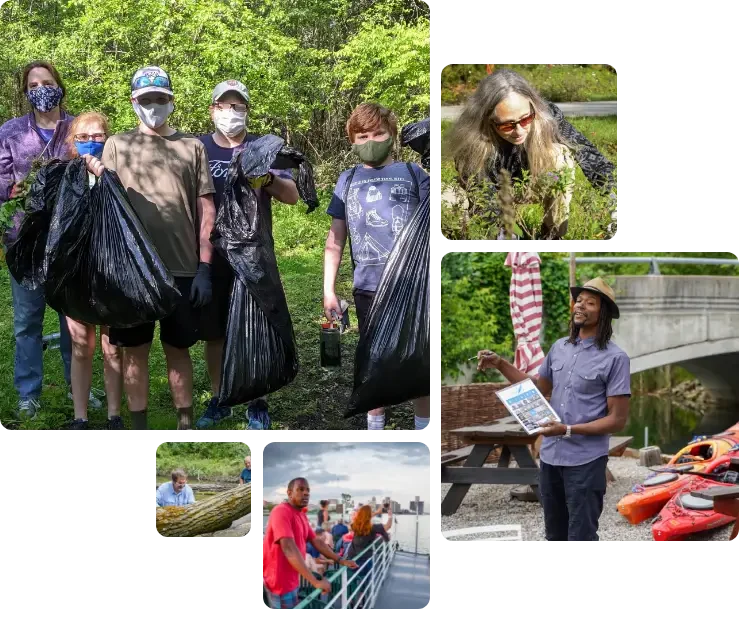
About Friends of the Rouge
Friends of the Rouge (FOTR) is a nonprofit 501(c)(3) organization that was founded in 1986 to raise awareness about the need to clean up the Rouge River in southeast Michigan.
Restore
Improve water quality and provide wildlife habitat through hands-on projects and educational events.
Investigate
Collect data about the health of the watershed.
Educate
Participate in both hands-on and at-a-distance education, for learners of all ages.
Advocate
Learn about FOTR’s advocacy efforts across the Watershed.
Explore
Adventure along the Lower Rouge River Water Trail, kayaking, canoeing, or hiking off-shore.
Build A Better Future
We envision a future where a clean and vibrant Rouge River is the center of our community. Individual and community actions protect and improve the health of the Rouge River, assuring that its natural, economic, and recreational value enhances the quality of life in the Rouge River ecosystem.
Volunteer
Volunteers (like you!) are the people who make it possible to restore and protect your Rouge River.
Donate or Become a Member
Show your commitment to restoring and protecting the Rouge River ecosystem by becoming a Friend today.
On Your Own
FOTR offers a variety of products and services that can help you protect the Rouge River starting in your own backyard.
Threats to our River and Community
In 1985, the Rouge River was designated one of 43 Great Lakes Areas of Concern, because “…significant impairment of beneficial uses has occurred as a result of human activities at the local level (www.epa.gov/great-lakes-aocs).” This led to the formation of the Rouge River Advisory Council in 1992 and in 1993 the Rouge River National Wet Weather Demonstration Project was created to administer several hundred million dollars to demonstrate stormwater remediation in an urban watershed.
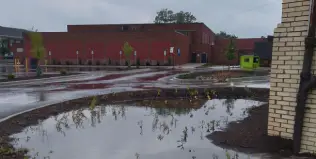
Impervious Surfaces
Rainwater that hits impervious, “hard” surfaces (roofs, parking lots, streets) goes down the sewer.

Combined Sewer Overflows
During large storms, stormwater overfills the system. Combined sewage then overflows into the river an backs up into homes.
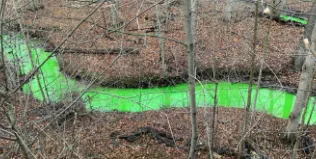
Illicit and Illegal Discharges
Illicit and illegal discharges occur when polluting materials drain to surface water or there’s dumping of polluting material that can impact surface water.
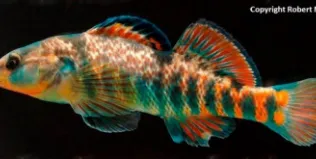
Loss of Wildlife Habitat
As more of the watershed becomes developed or urbanized, fewer areas of wildlife habitat remain.
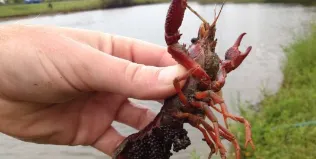
Invasive Species
FOTR promotes collaborative efforts across the 48 Rouge communities to improve habitat quality. Part of that effort includes responsible management of invasive species.
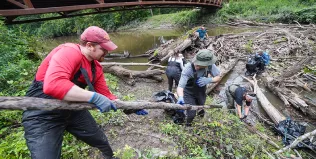
Woody Debris
Wood in the river is managed to reduce localized stream bank erosion, slow the flow of the river and provide habitat.
Newsletters
Congratulations to the winners of the 2024 Best Friend of the Rouge Awards. These awardees have shown commitment and dedication […]
Events at the Rouge
Updated Weekly, check back often!
